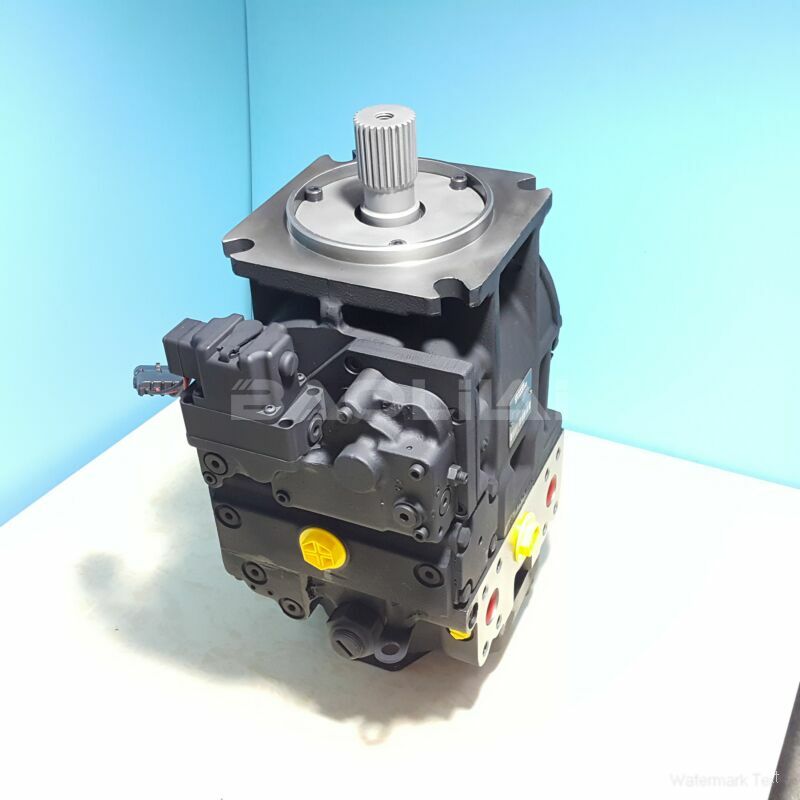90L075KA5NN80S3C7D03GBA424224 hydraulic pump
90L075KA5NN80S3C7D03GBA424224 hydraulic pump

- Product Details
- Applicable Scene
In today’s fast-paced logistics environments, the efficiency of returns handling is a critical aspect of supply chain management. A key component of automated returns handling systems is the hydraulic oil pump, which plays a vital role in powering various machinery involved in the process. This article explores how hydraulic oil pumps are integrated into these systems and the advantages they bring.
90L075-KA-5-NN-80-S-3-C7-D-03-GBA-42-42-24
90L075KA5NN80S3C7D03GBA424224
Automated returns handling systems utilize various forms of automation to streamline the process of receiving, sorting, and redistributing returned items. Hydraulic systems are often preferred due to their ability to generate significant force in a compact form, making them ideal for tasks such as lifting, tilting, and moving heavy pallets or packages efficiently.

702020
The integration of hydraulic oil pumps into these systems begins with the design phase. Engineers analyze the specific requirements of the returns handling process, including the volume of returns, the types of materials being processed, and the necessary speed of operations. This analysis helps determine the size and type of hydraulic pump that will be needed. Common types of hydraulic pumps used in these systems include gear pumps, piston pumps, and vane pumps, each offering unique advantages for certain applications.
Once the appropriate hydraulic oil pump is selected, it is integrated into the larger automated system. This involves connecting the pump to hydraulic cylinders or actuators which are responsible for performing the physical movements necessary for handling returns. For instance, an actuator powered by a hydraulic pump can lift heavy boxes onto a conveyor belt, while another can tilt a platform to ease the unloading of products.
In terms of control, hydraulic oil pumps can be integrated with advanced automation systems, including programmable logic controllers (PLCs) and sensors. These systems communicate with the hydraulic pumps to ensure that operations are synchronized and that tasks are completed efficiently. For example, sensors may detect a full pallet of returns, prompting the hydraulic system to lift the pallet and shift it to the next stage of processing without human intervention.





